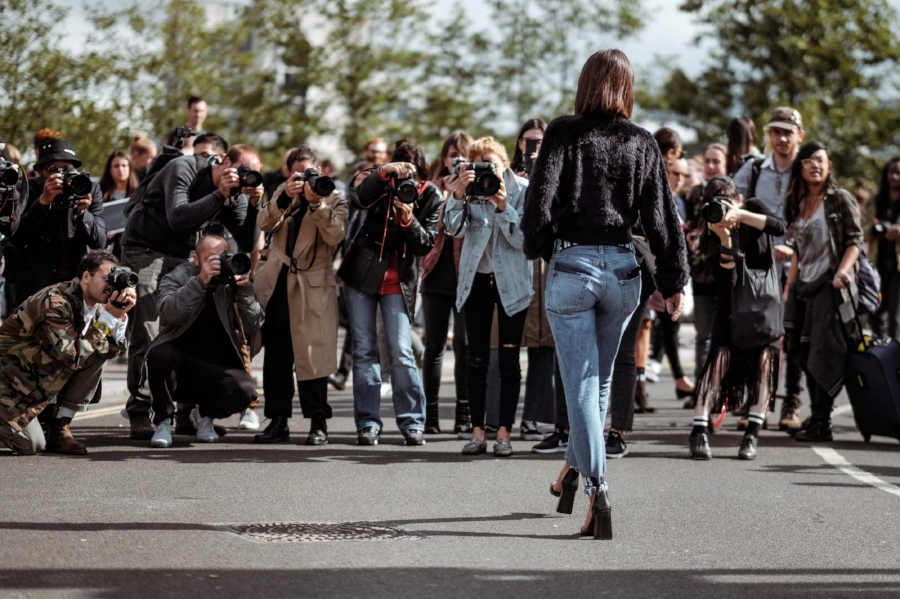
image: Unsplash
Nearly 80 percent of fashion, luxury and cosmetic brands implemented influencer campaigns in 2017, according to a new report from Launchmetrics. The New York-based launch-to-market software company revealed quite a bit about the landscape of digital media and influencer marketing in its latest release, entitled, “The State of Influencer Marketing in Fashion, Luxury & Cosmetics.” A handful of the key takeaways from the lengthy study (which can be found in its entirety here) are summarized below …
Working with influencers: Of the 80 percent of brands that opted to use influencer marketing, 76.4 percent say their target audience is mainly millennials (i.e., 24 to 38-year-olds). Companies who target Generation X (adults between 39 and 53 years old) follow closely behind, and in third place, we find Generation Z (individuals between the ages of 6 and 23) as the target audience.
Micro vs. mega-influencers: Surprise! 46 percent of brands prefer working with micro-influencers (those who have between 10k to 100k followers). 33.6 percent opt for macro-influencers (101k to 500k followers). 9.3 percent prefer working with mega-influencers (501k to 1.5 million followers). 11.3 percent said it was more effective to work with celebrity influencers on their campaigns.
When it comes to selecting the right influencer, 45 percent of professionals said the quality of content was the most important criteria. 32 percent claimed that the engagement rate was priority, and 15 percent said the influencer’s niche experience mattered most. Only 8 percent of professionals claimed that the number of followers was the decisive factor.
Influencer marketing scenarios: Nearly 42 percent of professionals claim that product launches are the leading scenario for which they implement influencer campaigns. This category is followed by influencer collaborations for events (28.1 percent) and content promotion (24.5 percent).
Sample lending and/or gifting has once again ranked as the most used tactic by professionals in fashion, luxury and cosmetics when engaging with influencers – a whopping 98 percent use this method to be exact.
Platform(s) of choice: Instagram is still more than twice as popular as any other channel; 36 percent of professionals claim to prefer this social media platform when developing influencer campaigns.
The only two other channels that saw a slight increase in popularity were Twitter (8.6 percent as opposed to 8 percent in 2016) and Linkedin (3.1 percent compared to 2 percent previously). Snapchat saw the biggest drop, from 10 percent in 2016 to 5.6 percent in 2017.
Compensation: Industry professionals are divided on the topic of monetary compensation. While 29 percent say they pay opinion leaders frequently and 12 percent claim they always pay, 24.4 percent admit to only paying them occasionally and 15.6 percent never do.
Effectiveness of influencer marketing: Almost 90 percent of professionals consider influencer marketing effective when it comes to generating brand awareness. 73.3 percent highlighted that influencer campaigns are effective for building customer loyalty. A lesser amount, some 69 percent, say it’s effective for boosting sales.
Social media engagement is still the strongest indicator for brands when determining just how effective their influencer marketing campaigns are, representing 25.8 percent. The top three factors used to measure effectiveness remain the same as in 2016: Social media engagement, Web traffic, and Impact on sales.











